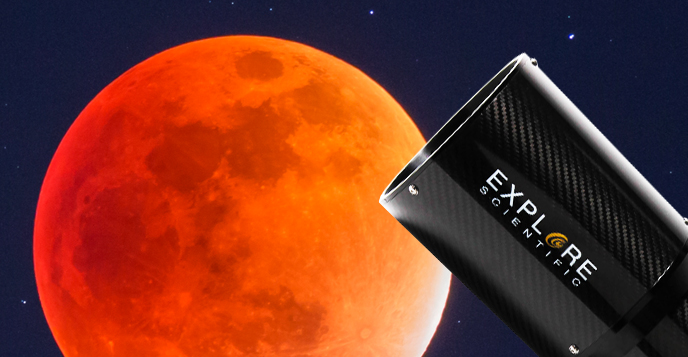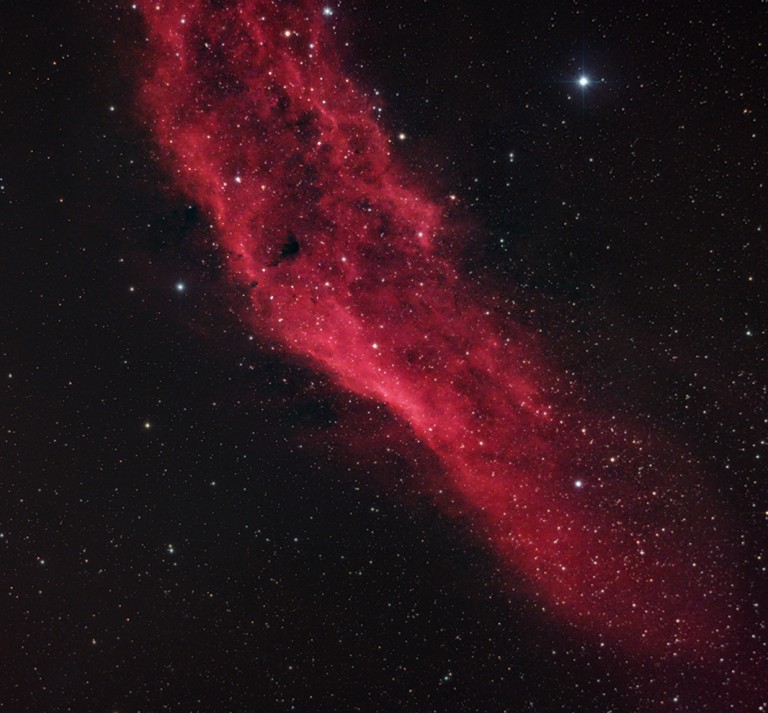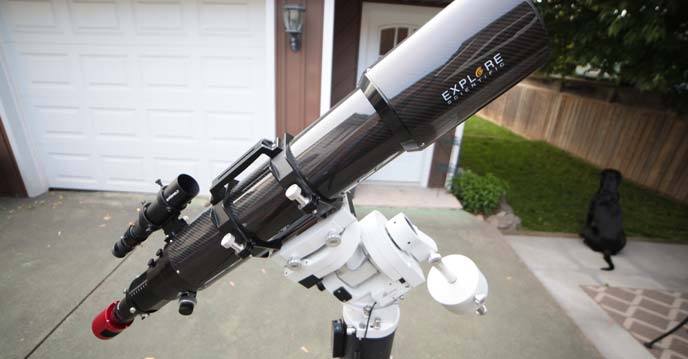LRGB Processing Technique for Orion
Astrophotography LRGB Processing Technique
A useful guide to processing the Orion Constellation using a DSLR Camera and Tripod
From the very moment this video started, I knew I was in for a real treat. The motion control time-lapse of the Milky Way moving across the sky was the perfect primer for this high production, quality tutorial. Lonelyspeck.com is an informative and beautiful website created by Ian Norman – A full-time traveller and photographer. In the following video he will explain how to process a photo of the Orion Constellation using the LRGB processing technique. He stacks multiple exposures to reduce noise, corrects vignetting, and greatly enhances the contrast and colour of the photo. The exact camera settings he used, including ISO, exposure length and aperture details are shared.
He uses nothing more than a regular tripod and a DSLR camera equipped with a standard prime lens. The location he chose for this tutorial was Red Rock State Park in California. The initial processing steps take place in Adobe Lightroom, a different approach than I currently use. Based on this tutorial, I may need to incorporate Adobe Lightroom into my astrophotography processing workflow.
Another major difference in this photographer’s technique is the fact that he stacked the photos directly in Adobe Photoshop as opposed to a third-party software like Deep Sky Stacker. I have heard of a lot of astrophotographers who swear by this method. One thing to note is that stacking via “photomerge” in photoshop will consume a large amount of RAM on your system, and could result in a system crash. Be sure to have your work saved, and have some time set-aside for this process to take place.
One of the biggest factors in the amazing results Ian was able to achieve, was the pristine dark skies he was able to shoot in. It is not possible to bring out the faint details seen here from the city. I can’t wait to try this tutorial myself. I am amazed at how much detail he was able to pull out from such short exposures. I hope that you find this tutorial as invaluable as I did.





